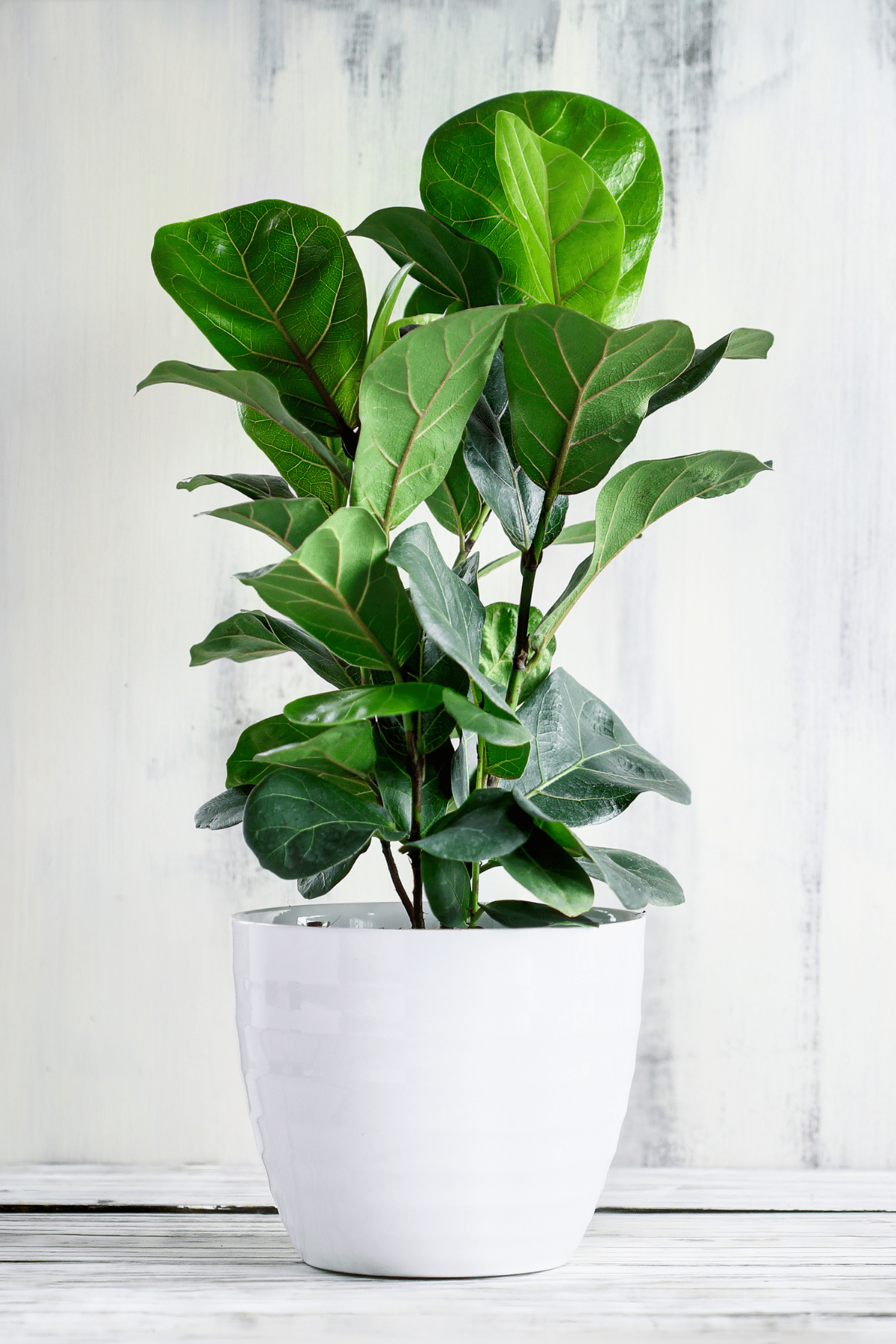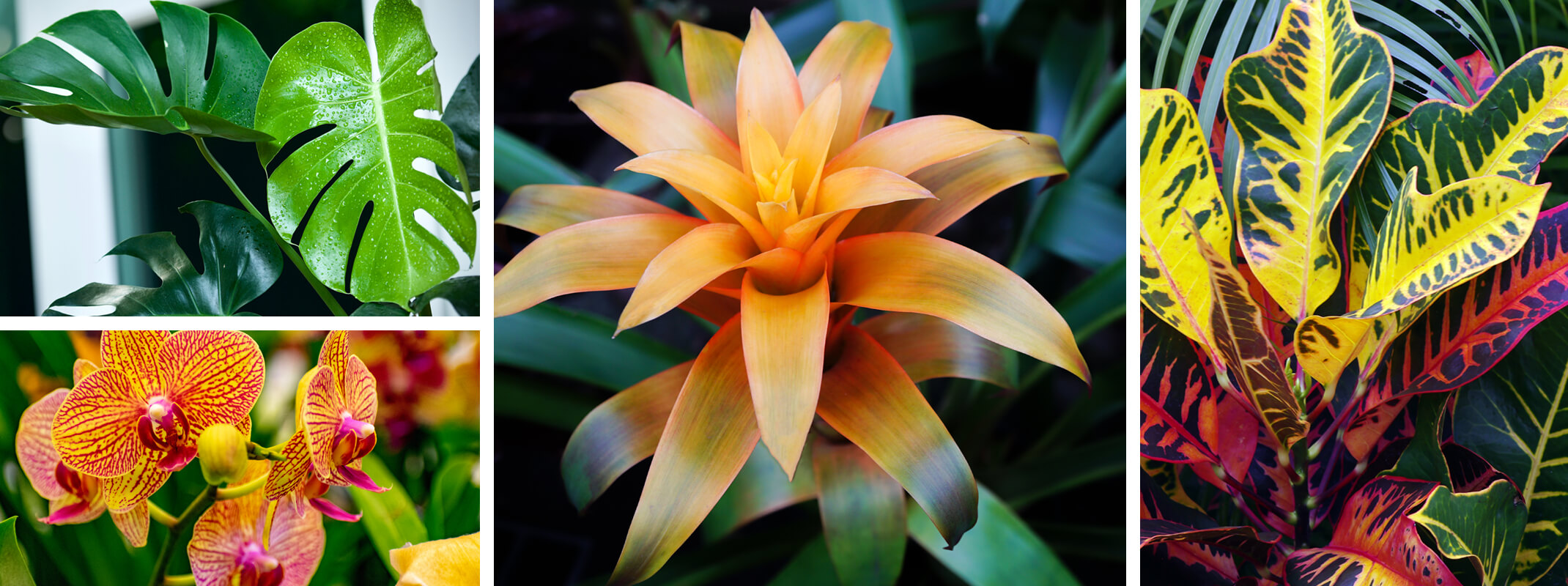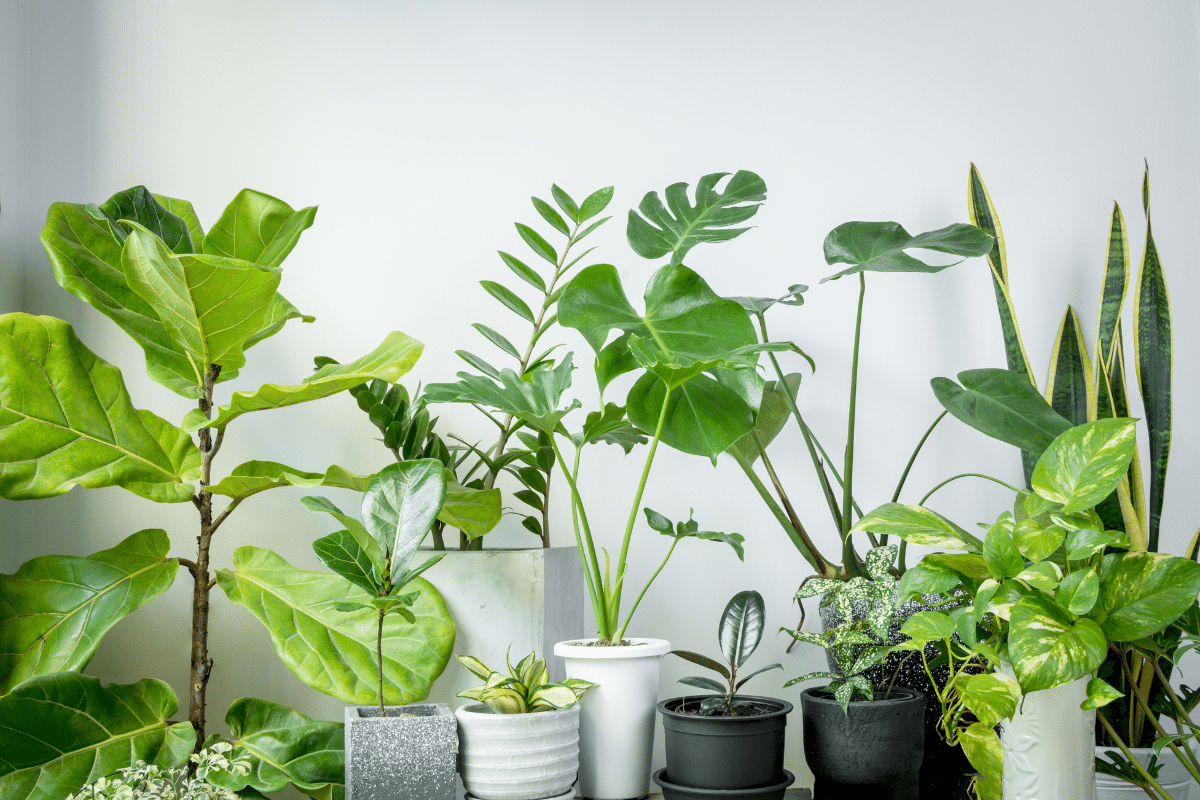Tropical Houseplants: A Loving Guide from My Mistakes to Your Success

Tropical houseplants aren’t just a décor trend—they’re about creating an indoor microclimate that transforms your home into a breathing, thriving ecosystem. Over the past ten years, I’ve built and maintained everything from single-plant nooks in windowless city studios to full-on jungle rooms with over seventy thriving species (and killed my fair share along the way). If you want more than “keep soil moist,” this is your blueprint for mastery: real-world tactics, fast fixes, nuanced troubleshooting, and subtle upgrades nobody tells you about until you’re a few dead leaves in.

Let me hand you my entire master system—from starting with bare windowsills to optimizing every square inch for humidity, light, growth speed, and style. This isn’t “buy a peace lily and good luck”—it’s how I’ve actually rescued dying plants for friends, hacked budget humidifiers into powerful tools, and saved hundreds on failed impulse buys by systematizing plant care to suit your lifestyle.
The Tropical Houseplant Mastery System
1. Know What You’re Really Bringing Indoors
At its core, cultivating tropicals at home is about engineering a scaled-down rainforest microclimate—without overwhelming your schedule or wallet. Here’s what an “indoor rainforest” really means:
- Ambient temp: 67–82°F nearly all year (recorded over 3 apartments; below 60°F = growth stalls or leaf drop)
- Humidity: Target 50%+ minimum; above 65% makes ‘difficult’ species effortless (as measured by my trusty $12 digital hygrometer)
- Soil: Must drain in <90 seconds after watering; anaerobic potting kills roots faster than missed feedings
- Lighting: Think “glare-bright shade,” not direct beams. Measure with free phone apps (“Lux Light Meter” yields ~10K–20K lux at north-facing windows)
Shortcut Insight:
A small room (bathroom) with even just an east window can host fussier species if you invest $25 in a table-top humidifier. That has outperformed costly grow tents for me.
2. Plant Selection—Don’t Set Yourself Up To Fail
A. Skip the Common Starter Advice: Pick Power Plants By Your Habits
The biggest mistake? Buying what looks best before matching care needs to your tamest routines. Here’s how I filter out regret purchases:
If you travel often/forgetful
- ZZ Plant (Zamioculcas zamiifolia): Survives three weeks bone dry; mine revived after two months of neglect during overseas work.
- Snake Plant (Sansevieria): Handles unlit hallways; tested mine in near darkness for six months—zero casualties.
If you love daily rituals
- Calathea Orbifolia: Fussy but forgiving if misted daily.
- Anthurium Clarinervium: Stunning veins; reward consistent attention with giant leaves.
Rooms w/ low natural light
- Epipremnum (Pothos): Actually grows faster under cheap LED strips ($19 Walmart set).
- Aglaonema: Tolerant of AC-chilled living rooms.
B. Source Matters More Than You Think
Big Box Stores gamble:
- My fail rate: Out of 15 box-store peace lilies purchased between 2019–2021, eight suffered fungus gnats or thrips; all nursery buys survived.
Shortcut: Buy from local nurseries or reputable online shops like Steve’s Leaves—often pre-quarantined and pest-free.
3. Set Up For Automatic Success
A. Soil & Potting—Build-in Defense Against Rot
The Mix Formula That Never Fails:
For every bag store-bought indoor mix,
add:
- +1 part fine orchid bark
- +½ part coarse perlite
Total cost per month per setup: Usually $14 for enough to pot up four juveniles.
This combo increases air space around roots so drastically that I cut my root rot cases to near zero—even left one Philodendron oversoaked during vacation; it still bounced back once dried up.
Pot Hack:
Always drill extra drainage holes into decorative pots—a $6 step-saver if yours look closed underneath!
B. Watering Schedule—Outsource Your Memory
Forget calendar reminders; let tech do it:
Mount Google Home/Alexa near plant cluster
Set weekly notification: “Time for plant check!”
My average time savings per month vs manual tracking = >1 hour reclaimed.
Pro move: Use a moisture meter AND finger test on each cluster before weekly water-all session—
False positives happen! Trust your senses over gadgets if readings seem off from appearance/weight of pot.
C. Precision Humidity Layering
Not all tropicals need rainforest-level mist—but some do.
Best ROI shortcut?
Group sensitive species on the same heavy-duty tray lined with stones & standing water.
Upgrade as needed:
Year one, I basked in >55% RH just grouping five pots together beside humidifier on timer ($30 investment conserved dozens of leaves).
Humidifier setting tip:
• Summer – run as ambient rises above 55%, less effort required.
• Winter – continuous low-output all day beats giant bursts twice daily.

4. Lighting Mastery For Any Room Type
Professional greenhouse growers use quantum meters—at home, bump up results by applying these field-tested hacks:
A. Windowsill Mapping Using ‘Light Migration’
Observe sun pattern in each room hourly for one cloudy day + one sunny day.
Document zones that get <2 hours direct sunlight = best for most tropicals.
Spots scorched at noon? Hang IKEA mesh curtains ($5) to slash incident light without sacrificing brightness—my burnt-leaf accidents have dropped to zero since implementing this step for Monstera & Fiddle Leaf Figs alike.
B. Grow Lights For Night Owls & Basement Dwellers
I halve winter growth slowdowns with this DIY trick:
Install $23 full-spectrum clip-on lights above trailing vines or big-leaf beauties.
Distance test results:
• Trailing Pothos best at 20" away from lamp
• Anthuriums thrive closer (<12")
Timer setting sweet spot = 13 hours Nov–March
5. Automated Care Routines (& When To Break Them)
Set-and-forget works until something changes—seasonal heatwaves/cold snaps require tweaks:
Baseline Routine Template (adapt as season shifts):
| Task | Frequency | Adjustment Trigger |
|---|---|---|
| Check soil | Weekly | Pause after rainy/humid streaks |
| Feed dilute ferti. | Monthly Mar-Sep | Skip if no new leaves emerging |
| Leaf check/clean | Bi-weekly | Increase if dust visible |
| Humidity top-up | Daily as needed | Double when heaters/blowers turned on |
Advanced shortcut:
I keep potted groups on rolling trays—a breeze to rotate near windows or slide into steamy bathrooms post-shower when winter dries everything out.
6. Troubleshooting Like a Field Medic
Failures are feedback! Here are battle-tested diagnostics most guides leave out:
Symptom Matrix — Rapid Problem Solving Tool
| Symptom | Fastest Diagnostics | Solution Sequence |
|---|---|---|
| Limp/wilted but wet | Root rot likely | Unpot > Trim mush > Hydrogen peroxide dip > Fresh mix |
| Crispy brown tips | Insufficient humidity/salt buildup | Mist AM PM / Flush pot monthly w/distilled water |
| Yellowing lower leaves | Old age vs chronic wet feet | Remove lowest leaf ONLY if rest look healthy |
| Stunted new growth | Nitrogen deficiency/light deficit | Feed weak solution/ move closer to light source |
What nobody mentions—it’s normal for mature leaves on Monstera & Alocasia to yellow/fade as they shed old foliage when growing vigorously!
True story: My Philodendron Brasil tanked after getting splashed by tap water high in minerals during summer—the symptom was instantly browning tips everywhere except where rainwater hit from open skylight during storms! Switched back to filtered H₂O and damage reversed within weeks.
7. Advanced Techniques To Level Up Fast
Ready for secret weapons? These are field-earned upgrades that separate pros from well-intentioned strugglers:
A. Forced Air Circulation Boosting
Oscillating fans (set LOW) near dense clusters dramatically reduce fungal outbreaks and strengthen stems—a lesson learned after losing half a Maranta collection during muggy July storm-surge blackout (still hurts).
Optimal setup as used in my current jungle room:
• One Vornado mini-fan ($34) positioned opposite window flow
• Timer-controlled runtime (~2h morning/2h late afternoon)

B. Propagation Shortcuts No One Tells You
Water propagation isn’t always best! For super-fast rooting—
Insert stem cuttings directly into clear zip bags filled with moist sphagnum moss + perlite mix;
Seal bag upright beside indirect window—roots explode within two weeks!
This method yielded a >95% success rate over thirty replanted tradescantia, pothos, and scindapsus starts last spring alone.
C. Tank Mini-Greenhouse Hacking For Rarities
Want rare Calatheas or jewel orchids without custom cabinets?
Buy an affordable acrylic reptile terrarium (~$65); install basic stick-on temp/humidity gauge,
Mist sides AM & PM,
Run strip LED across lid = instant cloud forest conditions at fraction of price.
8. Troubleshoot With Data—Not Just Guesswork
Keep notes digitally or old-school notebook format!
Log:
- Where bought/how treated initially
- Water/feed dates + symptoms spotted
Every revived plant here started with recorded patterns—not guesswork text threads hunting answers only after crisis hit.
Anecdote:
In winter '22 when three different plants yellowed after radiator season started early—I only solved it because notes showed prior winters had similar issues when humidity dipped below benchmark threshold recorded four years running.
9 . Styling For Impact Without Losing Functionality
Master stylists use deliberate contrasts—not crowding—for breathtaking displays:
Strategy tier breakdown:
- High drama corner—one huge-leaf centerpiece Monstera flanked by clustered medium-tall Dracaenas and feathery Asparagus ferns clustered on risers beneath.
- Above eye-level shelves get trailing neon pothos trained behind framed art via transparent command hooks (invisible support!)
- Bathroom micro-jungle uses leca sub-irrigated pots sidled inside bamboo trays = endless lushness despite forgetful watering
Costs as tracked by actual setups:
• Centerpiece floor planters run $40–75 but last decades.
• Off-the-shelf trailing starter sets cluster under $18 each.
Mix textures relentlessly—a rubber tree paired against velvet-leaved Alocasias looks like designer catalog spreads but costs less than fresh-cut flowers.
Real Rescue Stories — Failures First, Then Successes
Failed Attempt: My first go-round with Bird-of-Paradise ended within eight weeks due to grossly underestimated light requirements—a calibrated lux meter showed my mid-room spot barely reached half the needed brightness (>15K lux recommended). It sulked until I doubled artificial light duration plus reflected sun using aluminum foil panels taped behind side tables!
Unexpected Win: Resuscitating a friend’s gnarly root-rotted Snake Plant using hydrogen peroxide soaks followed by tightly controlled dry-down cycles revived it into bloom within six months—a world apart from tossing hopeless cases immediately.

Essential Resources FOR ACTUAL MASTERY
(based on usage frequency—not mere popularity)
- Digital hygrometers – Govee WiFi model tracks trends hourly.
- Grow Light Timers – GE Smart Plug syncs w/phone routines so nobody gets left dark accidentally.
- Community intelligence – r/houseplants often solves rare pest problems overnight thanks to global groupthink crowdsourcing.
Year-Round Checklist Supercharged With Expert Tweaks
DAILY
• Scan visually while opening curtains/cozy up coffee mug nearby
• Mist rare/high-demand types only if <50% RH detected
WEEKLY
• Soil poke test before ANY watering—even scheduled ones
• Wipe large foliage gently with diluted neem oil every third week prevents both pests/dust accumulation
MONTHLY
• Slight rotation avoids permanent phototropism lean
• Log any damage/new growth discovery in notebook/app
SEASONALLY
• Pre-winter flush all pots w/distilled H₂O so salt/mineral buildup doesn’t burn tips when air dries out indoors
• Early spring repot BEFORE explosive new leaf surge
Takeaways You Won’t Find Elsewhere:
- Don’t judge progress against Instagram “perfection shots”—most successful plant parents make tiny adjustments weekly based solely on observable changes rather than static schedules.
- Run experiments LOW STAKES first—with the cheapest/trailing vines before risking rare collector giants!
- Save yourself hundreds yearly by buying secondhand planters/trays local swap-meets—and reinvest savings into humidification/light equipment upgrades instead!
Above all else? Growing an urban jungle is about engineered environments tailored precisely to your routine—not someone else’s arbitrary checklist.
Ready? Grab two easygoing starters matched to your space right now,
start logging findings today,
and trust that every crispy edge is nothing more than data guiding you toward true tropical mastery.
You aren’t just surviving another batch—you’re building the living oasis everyone wonders how you keep alive year-round…with skills forged through proven shortcuts few will ever know firsthand!
May your next monstera split be even bigger—and less work—than the last!
Now get growing—the complete blueprint is yours!



